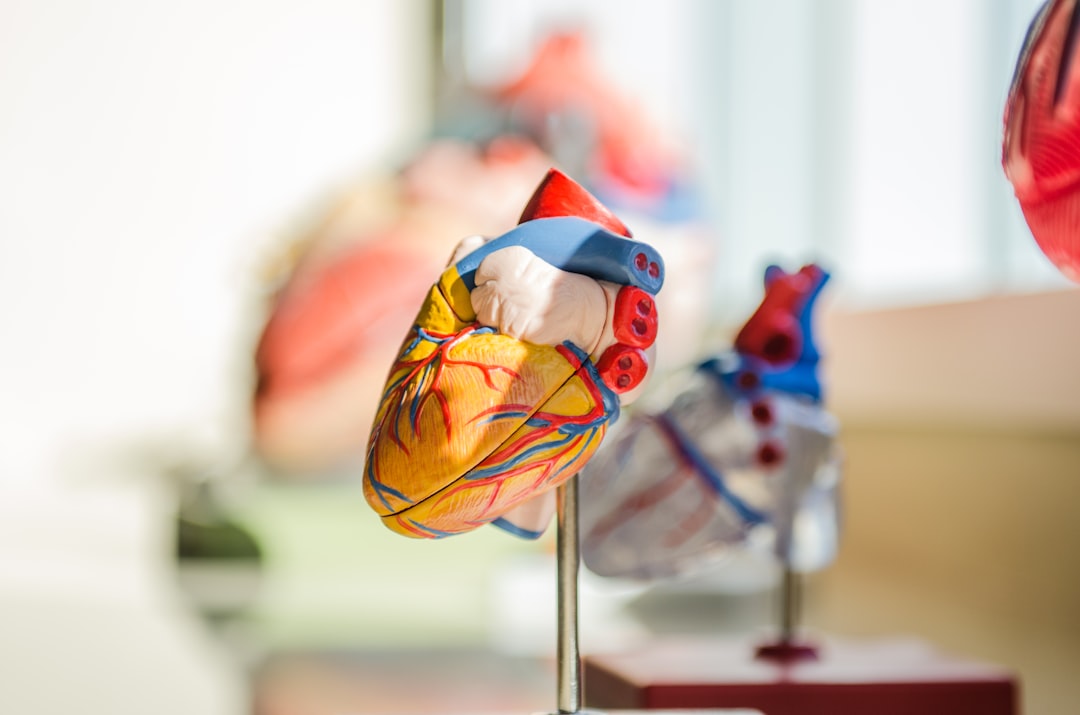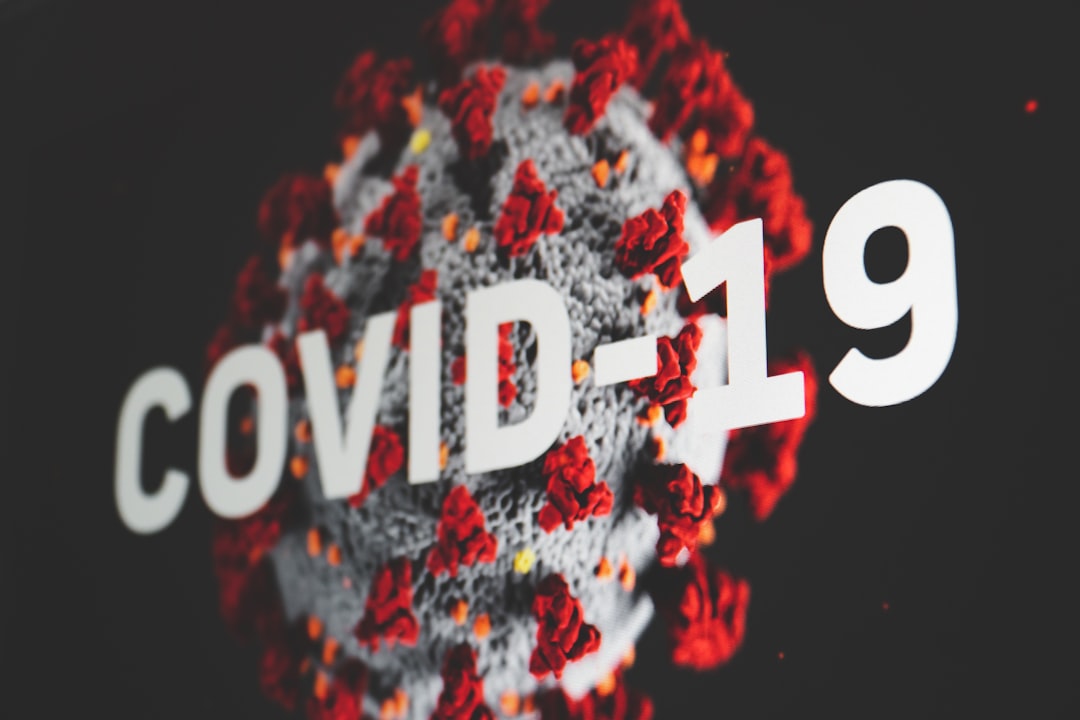What is it about?
Prolyl hydroxylation of hypoxia inducible factor (HIF)-α, as catalysed by the Fe(II)/2-oxoglutarate (2OG)-dependent prolyl hydroxylase domain (PHD) enzymes, has a hypoxia sensing role in animals. We report that binding of prolyl-hydroxylated HIF-α to PHD2 is ∼50 fold hindered by prior 2OG binding; thus, when 2OG is limiting, HIF-α degradation might be inhibited by PHD binding.
Featured Image
Why is it important?
Hydroxylated prolyl HIF (hyHIF)-α is upregulated in many tumour cells. Under cellular circumstances when there is accumulation of hyHIF-α (e.g. due to mutations to the gene encoding for pVHL as occurs in the VHL disease), or if iron (e.g.in anaemia) or 2OG availability is limiting (e.g. potentially due to mutations in the genes encoding for isocitrate dehydrogenase), cellularformation of the PHD.Fe.hyHIF-α or PHD.hyHIF-α complexes may become substantial, with consequent potential limitation of the HIF-mediated hypoxic response. The results thus suggest a negative feedback mechanism for PHD activity,which is linked toTCA cycle metabolism. 2-Oxoglutarate regulates binding of hydroxylated hypoxia-inducible factor to prolyl hydroxylase domain 2.
Perspectives
This work shows the power of chemistry in regulating biological processes. The addition of one hydroxyl group creates a clash with the co-substrate and cause product inhibition.
Martine I Abboud
University of Oxford
Read the Original
This page is a summary of: 2-Oxoglutarate regulates binding of hydroxylated hypoxia-inducible factor to prolyl hydroxylase domain 2, Chemical Communications, January 2018, Royal Society of Chemistry,
DOI: 10.1039/c8cc00387d.
You can read the full text:
Contributors
The following have contributed to this page










